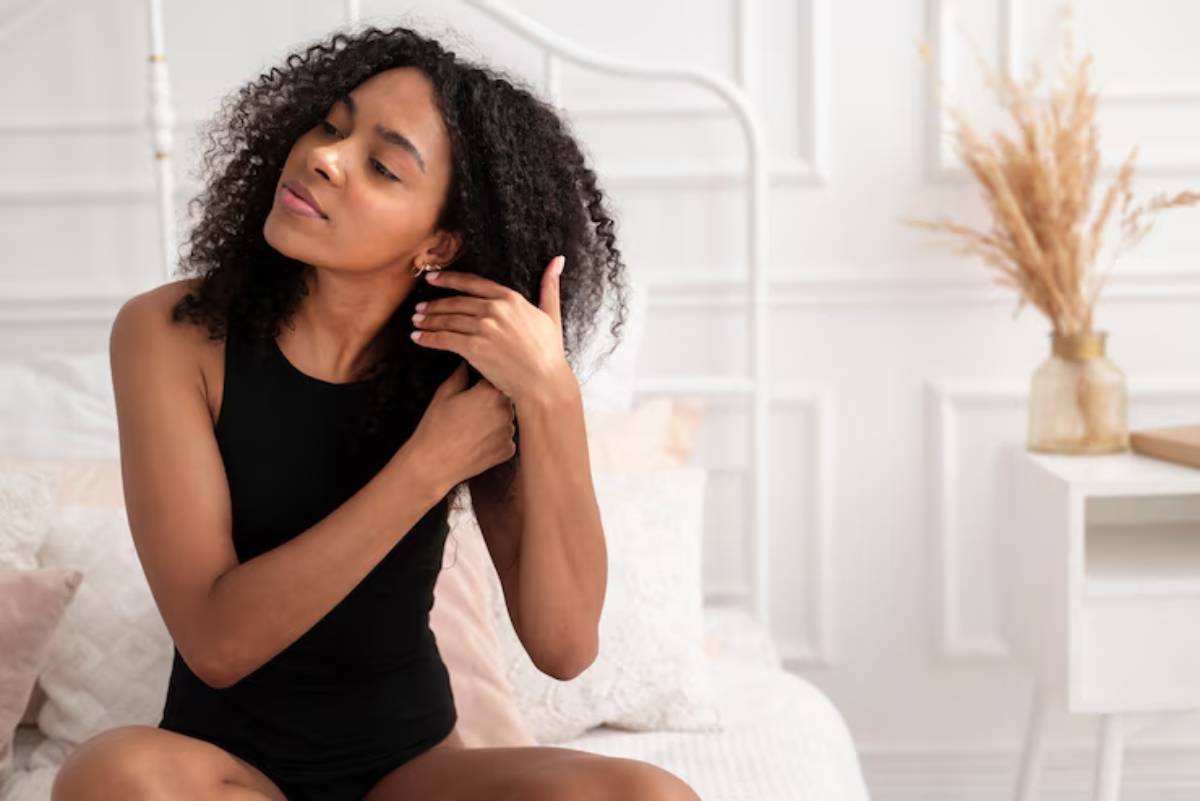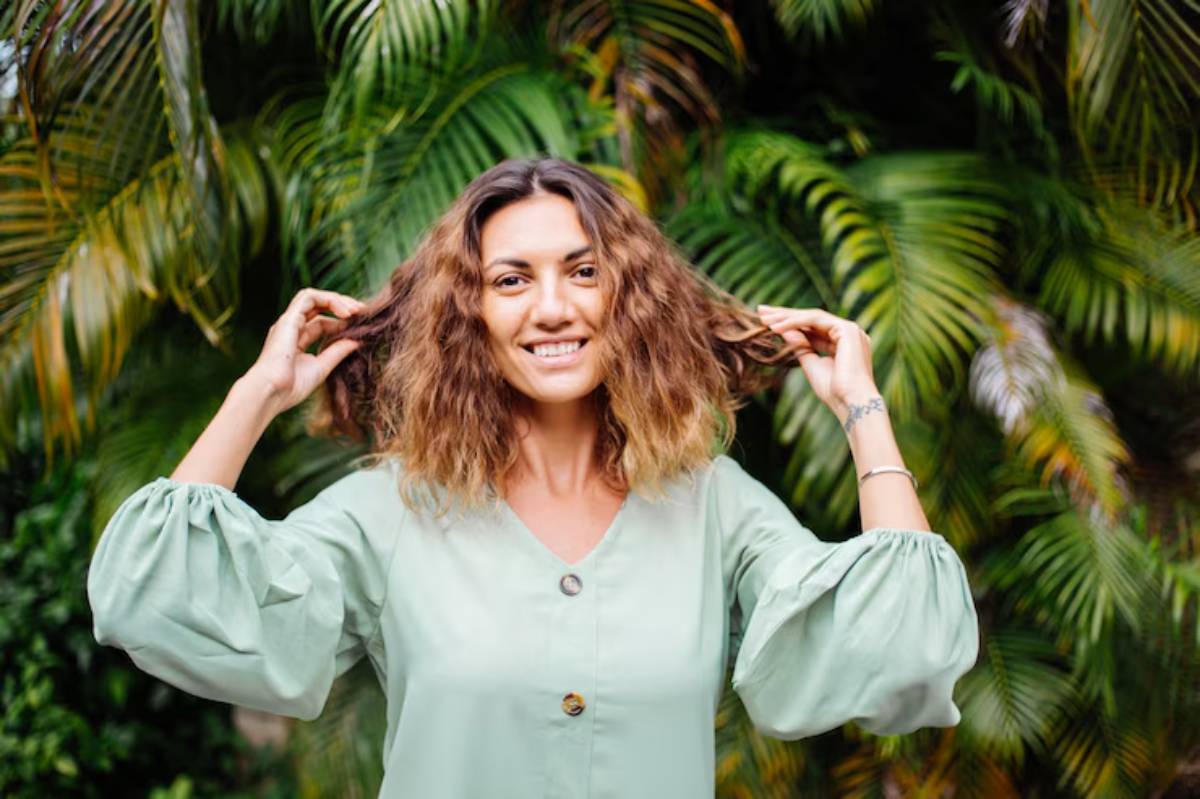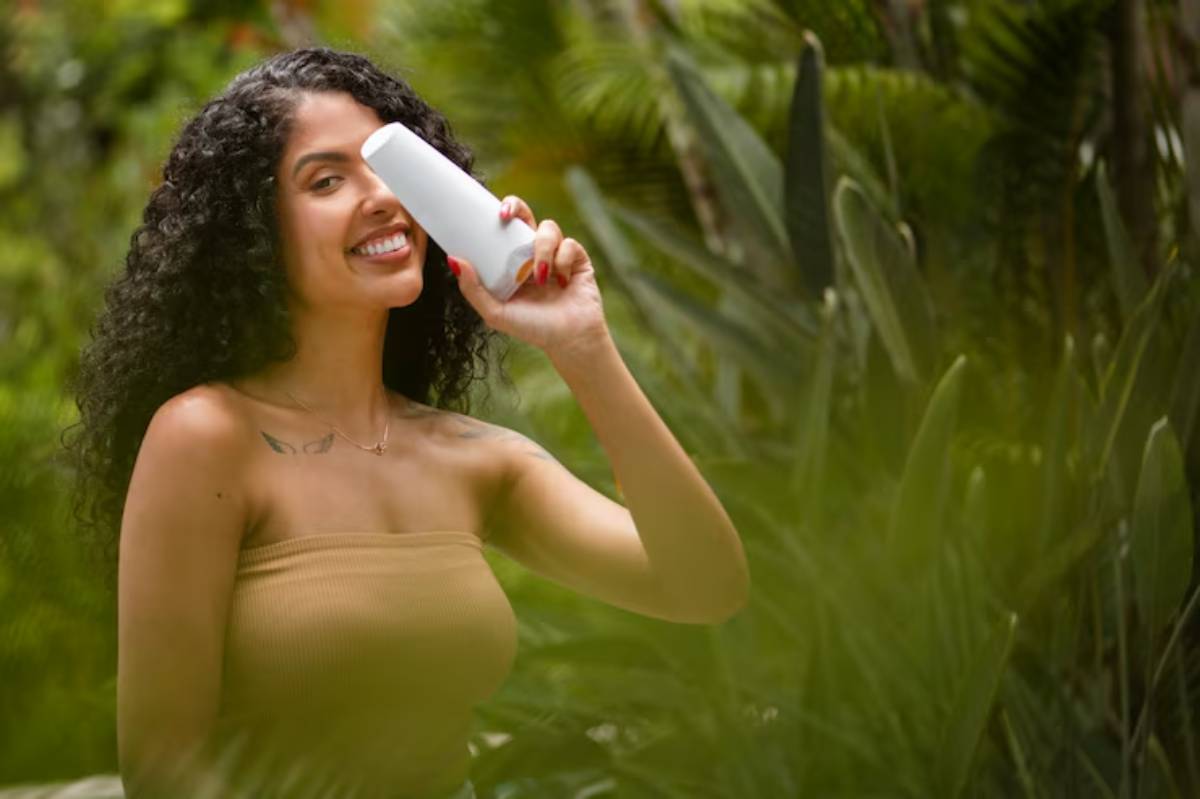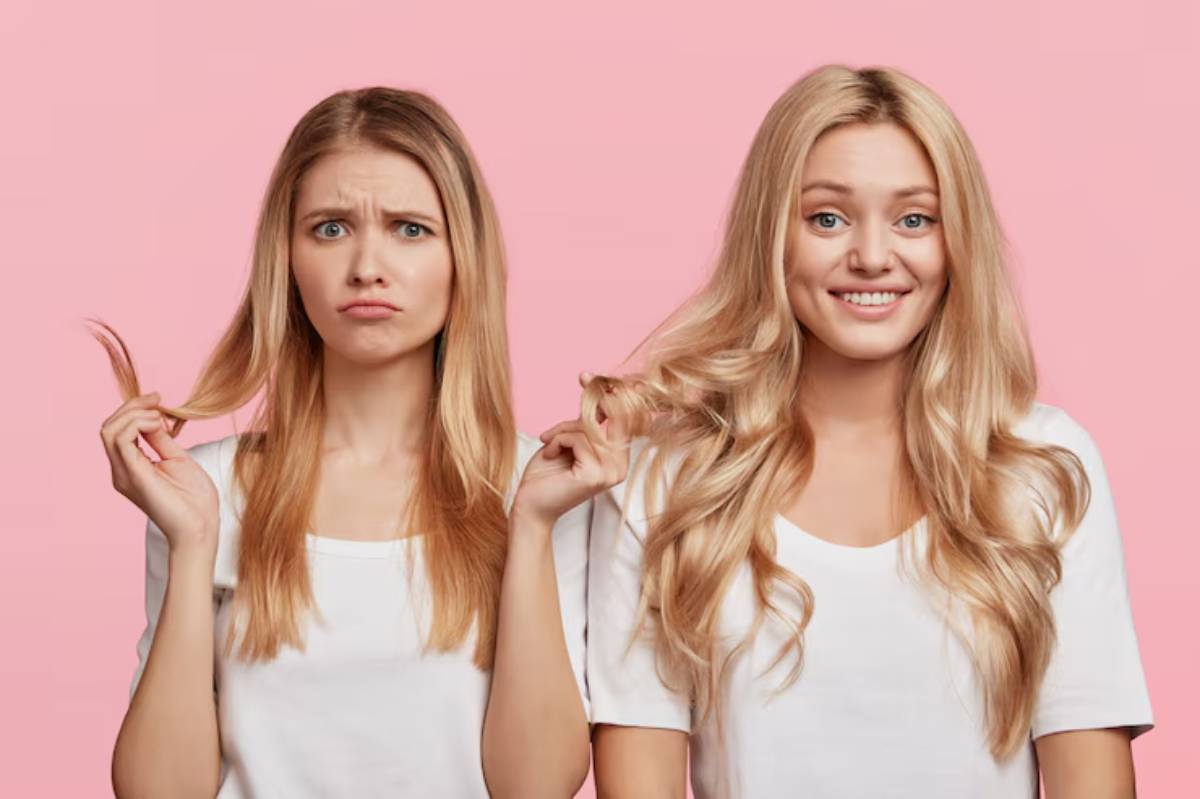
Plopping Vs Diffusing: Which One Works Best?
You’ve just finished wash day. Your curls are freshly styled, your leave-in has worked its magic, and now comes the big question: how should you dry your hair? For many curlies, drying isn’t just a step — it’s the make-or-break moment for how your curls will look and feel until the next wash.
Two of the most popular drying methods, plopping and diffusing, have stirred up endless debates in the curly community. One involves wrapping your curls up in a cocoon; the other calls on a blow dryer with a diffuser attachment. Both promise enhanced curl definition and reduced frizz — but which one actually delivers the best results for your hair?
This guide takes a deep dive into both methods. We’ll compare their benefits, how they suit different curl types, and the science behind why they work — or don’t. Whether you’re new to curly hair care or looking to switch things up, you’ll walk away knowing exactly which method deserves a spot in your routine.
What Is Plopping?
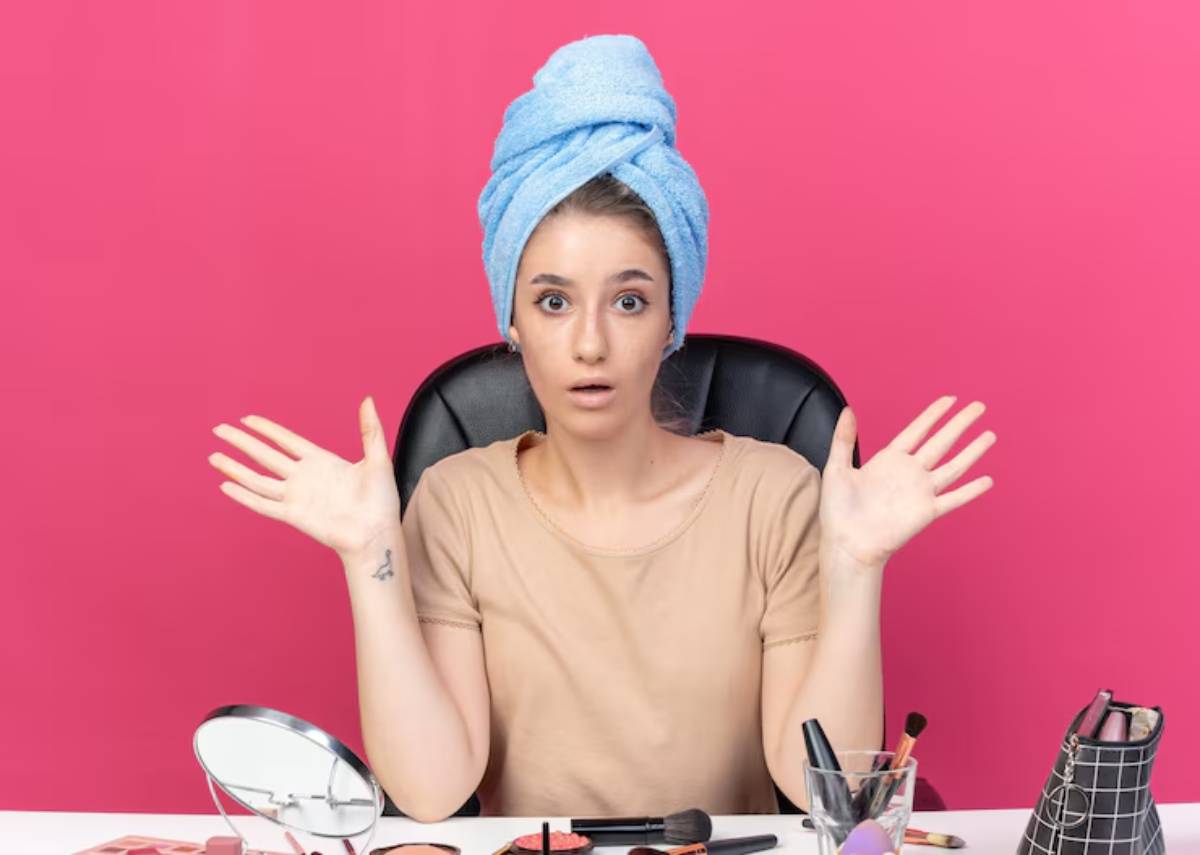
A Low-Tech, High-Impact Curl Drying Technique
Plopping involves wrapping your wet curls in a soft fabric (usually a cotton T-shirt or microfibre towel) to remove excess moisture while preserving your curl pattern and reducing frizz.
You simply flip your head forward, gently “plop” your hair into the centre of the fabric, and tie it up like a turban. This allows curls to dry upward and in shape, instead of being weighed down or stretched.
Why It Works
- Reduces frizz by minimising friction from terrycloth towels
- Encourages curl clumping and definition
- Gently absorbs water without disturbing your curl formation
- Hands-off approach — great for low-maintenance drying
Best For:
- Curl patterns 2B to 3C
- High-porosity or frizz-prone hair
- Anyone who wants to air-dry with minimal manipulation
What Is Diffusing?

The Curly Girl’s Blow-Drying Upgrade
Diffusing involves using a diffuser attachment on a blow dryer to gently circulate warm air around your curls. Unlike direct heat, the diffuser disperses airflow evenly, reducing disruption to your curl pattern.
It’s ideal when you’re short on time or looking for volume, speed, and definition all at once.
Why It Works
- Cuts drying time significantly
- Boosts root volume when used with head upside down
- Enhances curl shape when dried in a scrunching position
- Customisable — you control the heat, airflow, and technique
Best For:
- Medium to thick curls (Type 3A–4A)
- Low-porosity hair that takes forever to dry
- Busy schedules or cold climates
Head-to-Head: Plopping vs. Diffusing
Let’s break it down by key curly hair needs:
| Category | Plopping | Diffusing |
|---|---|---|
| Drying Time | Slower (air-drying reliant) | Fast (10–30 mins, depending on technique) |
| Curl Definition | Excellent for loose to medium curls | Great for medium to tight curls |
| Frizz Control | High — fabric prevents flyaways | Moderate — heat can introduce some frizz |
| Volume | Mild — can flatten roots | High — especially when diffusing upside down |
| Ease of Use | Simple, no tools needed | Requires a dryer and diffuser attachment |
| Portability | Very portable (T-shirt and go) | Requires access to electricity and equipment |
| Damage Potential | None (no heat involved) | Low to moderate depending on heat setting |
Which Works Best?
If you’re air-drying overnight…
Plopping is your go-to. After applying your products, wrap your curls in a microfibre towel and let the fabric soak up excess moisture while you sleep. You’ll wake up to well-shaped curls with less frizz, though you may need a little refreshing.
Want a full overnight care plan? Learn about protecting your curls overnight without frizz to maintain moisture and curl shape.
If you need to get out the door fast…
Diffusing saves the day. Use a low heat, low airflow setting, and hover diffuse or scrunch-dry until 80–90% dry. This gives you lift at the roots and bounce through the ends — in a fraction of the time.
If your curls are undefined or stretched…
Plopping helps restore natural curl clumps, especially if your hair was brushed out pre-wash. It “resets” your pattern by drying it in a scrunched, elevated position.
If your roots fall flat…
Diffusing wins here. Flipping your head upside down while drying the roots encourages volume and bounce, particularly helpful for those with heavy or dense hair.
How Long Should You Plop or Diffuse?
Plopping
- 10–20 minutes is ideal if you’re going to air-dry afterwards
- 30–45 minutes if your hair holds a lot of water or you want a no-heat dry
- Avoid plopping for too long — it can lead to scalp odour or over-compression of roots
Diffusing
- 10 minutes for a quick set and go
- 20–30 minutes for full drying
- Use the cool shot button at the end to seal the cuticle and reduce frizz
Some curlies use both — a 20-minute plop followed by 10 minutes of diffusing for the best of both worlds.
Choosing Based on Curl Type and Porosity
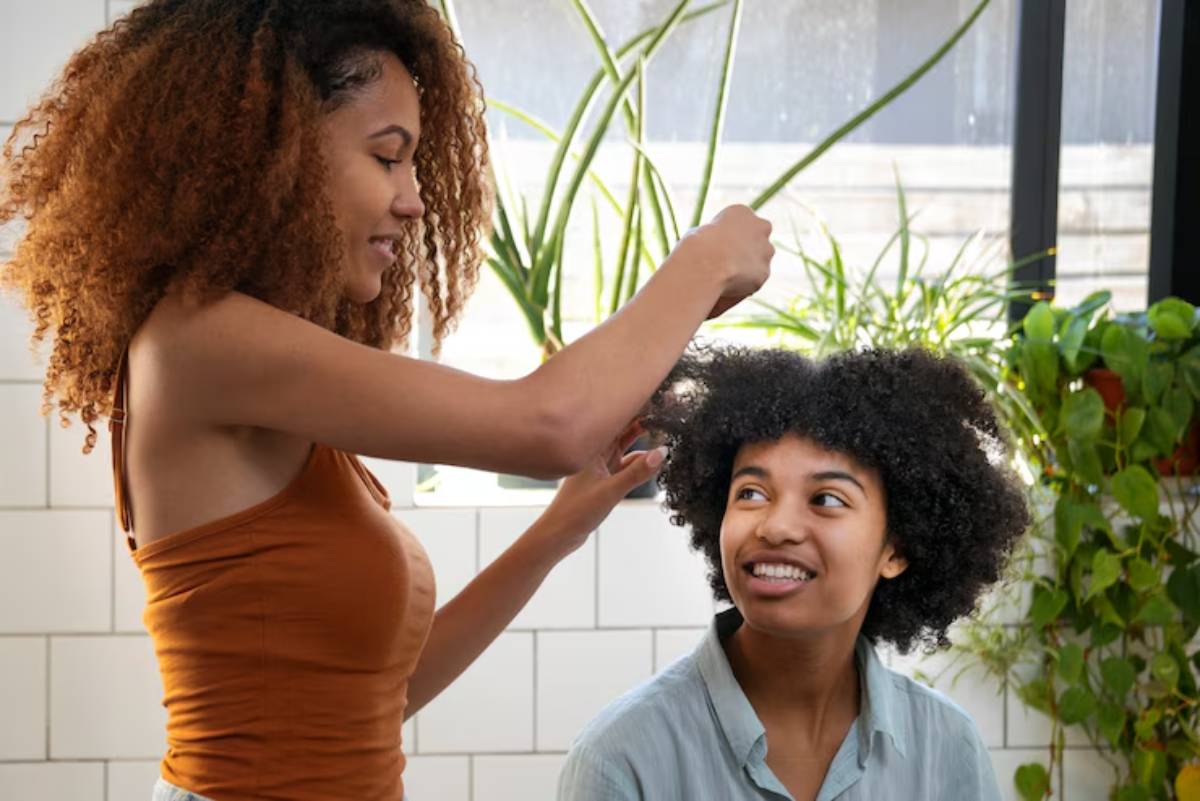
Type 2 (Wavy)
- Best method: Plopping
- Why: Lightweight waves don’t need much drying help; plopping helps keep definition without weighing hair down
Type 3 (Curly)
- Best method: Either, or both
- Why: Plopping maintains definition, while diffusing builds volume and helps finish drying
Type 4 (Coily)
- Best method: Diffusing
- Why: Coils benefit from structured drying to reduce shrinkage and maintain styling shape (twist-outs, etc.)
Looking to layer your drying method into a full care system? Explore how to build a simple curly hair regimen for consistency and healthy results.
Pros and Cons Summary
Plopping Pros:
- Zero heat damage
- Simple, travel-friendly
- Great for beginners and sensitive curls
- Encourages natural curl clumping
Plopping Cons:
- Can flatten roots if overdone
- Slower drying time
- Doesn’t add volume on its own
Diffusing Pros:
- Faster drying
- Boosts volume and lift
- Customisable temperature settings
- Sets curl shape more firmly
Diffusing Cons:
- Requires tools
- Potential for heat damage if not used carefully
- Can create frizz if the airflow is too strong
Conclusion: Which One Wins?
The truth? There’s no one-size-fits-all answer. Plopping and diffusing are both effective, but how well they work depends on your curl type, your lifestyle, and your desired outcome.
- If you’re after ease, gentleness, and defined curl clumps, start with plopping.
- If you’re rushing out the door or want volume and a quicker dry, go for diffusing.
- And if you’re somewhere in the middle? Combine both and customise based on the day.
What matters most is finding what your curls respond to best. If you want to go a step further, detangling curly hair without damage before drying ensures your curls form clean, defined clumps without frizz.
So test both, tweak your approach, and embrace the beauty of discovering what works for your curls.
